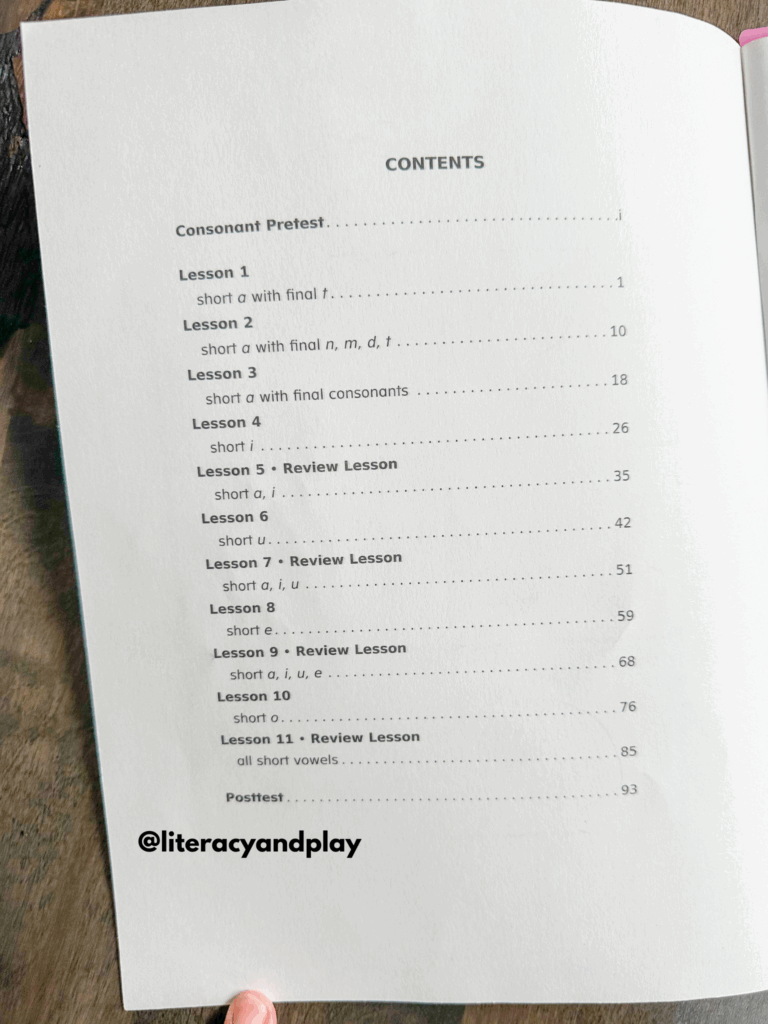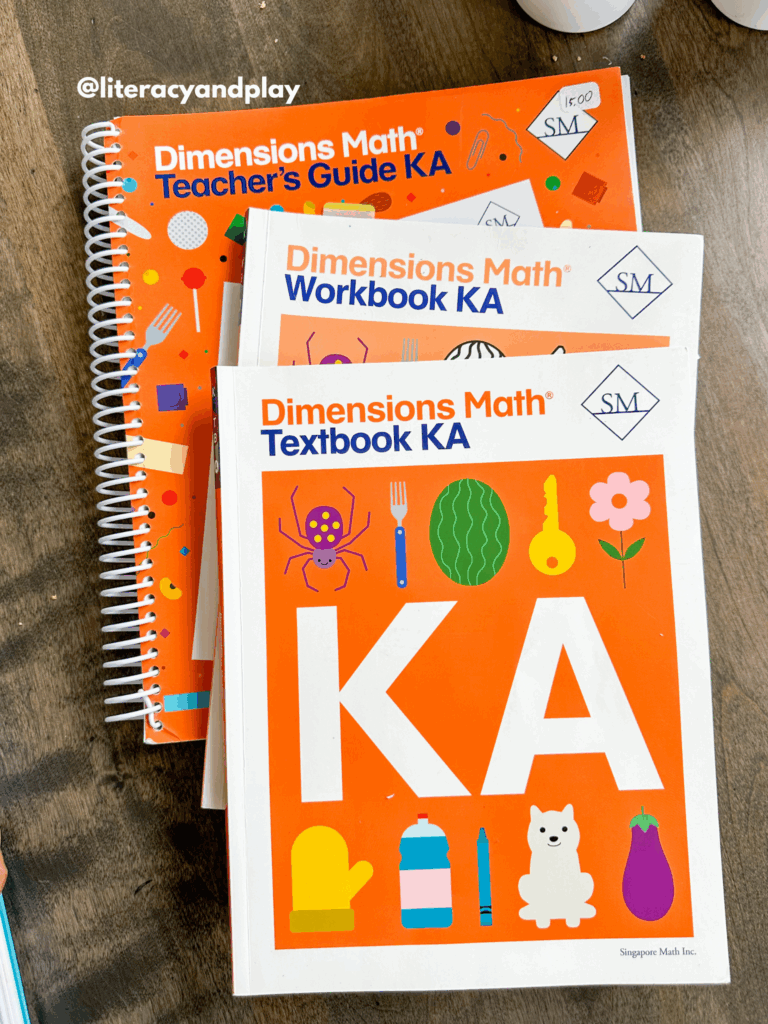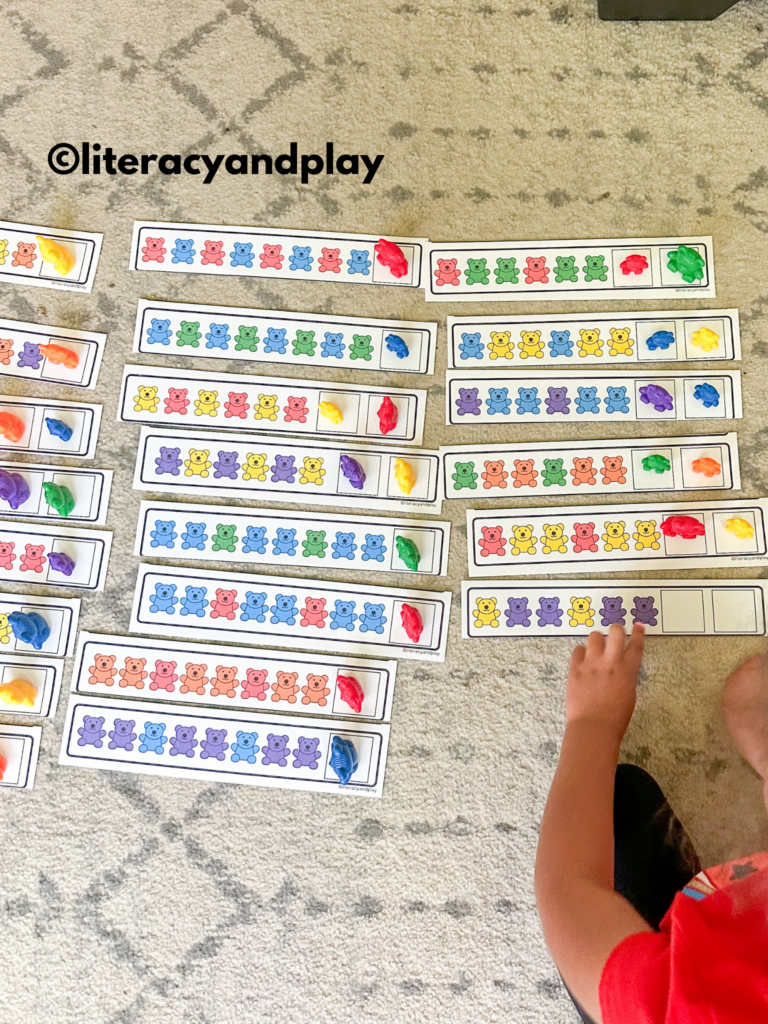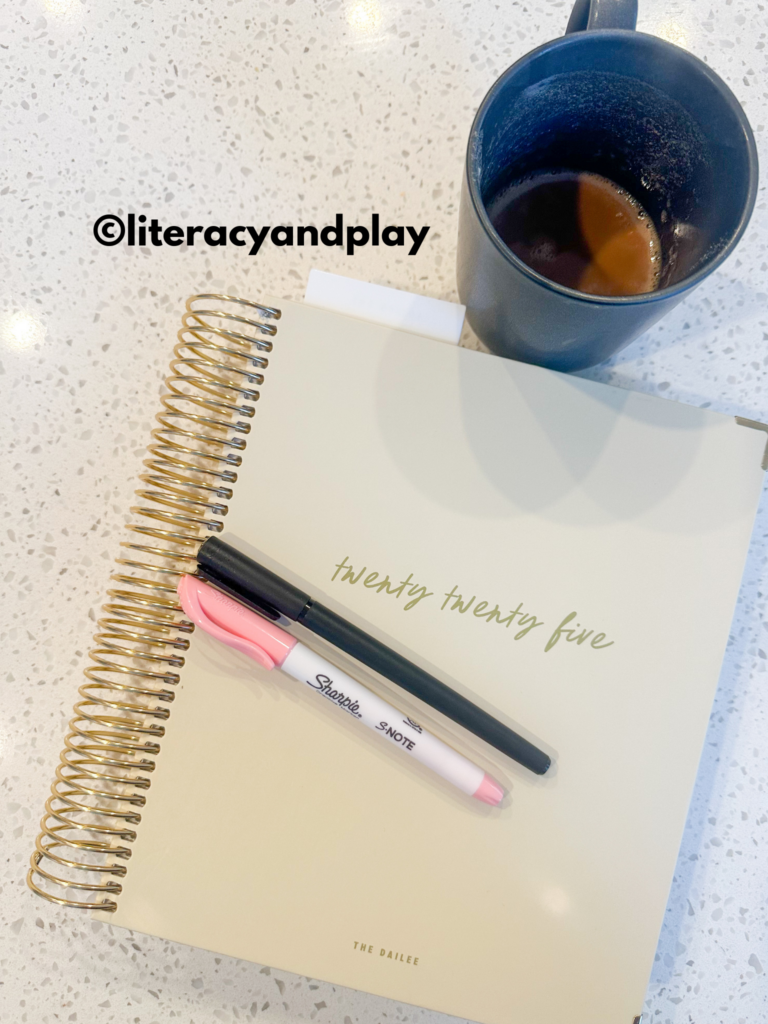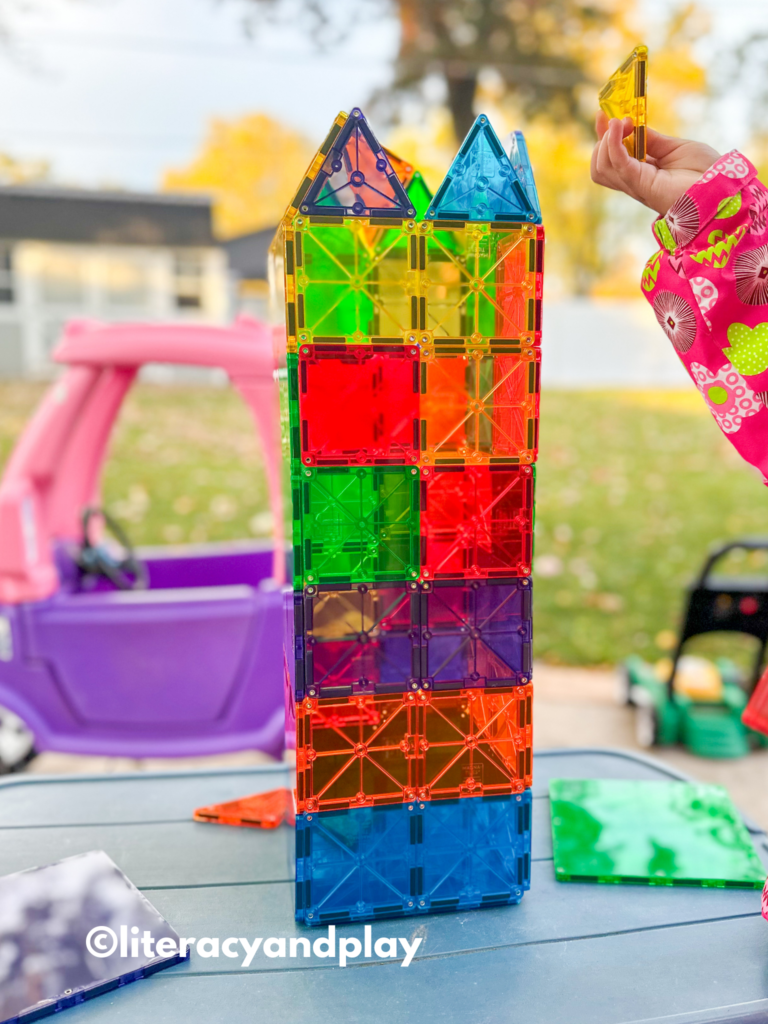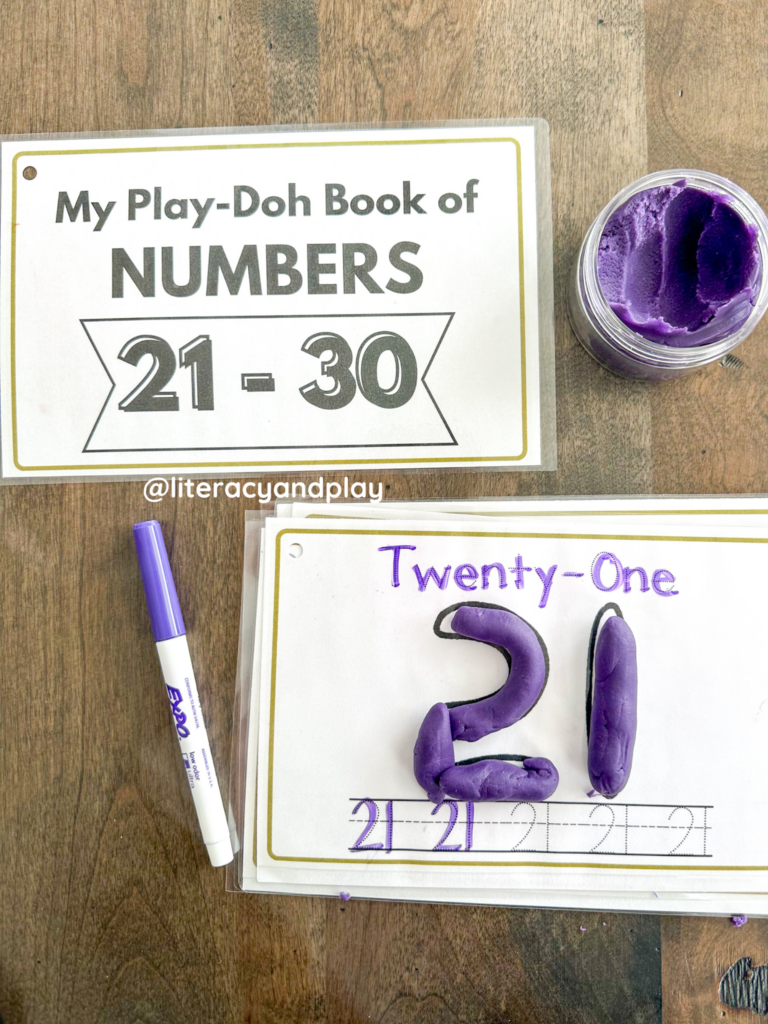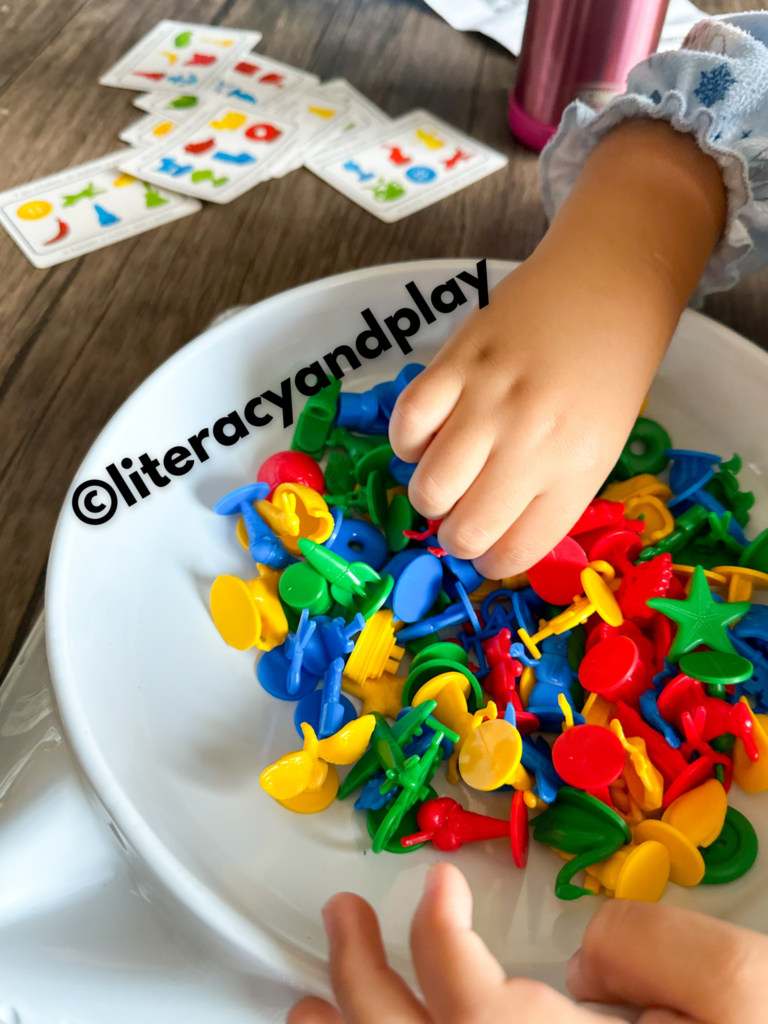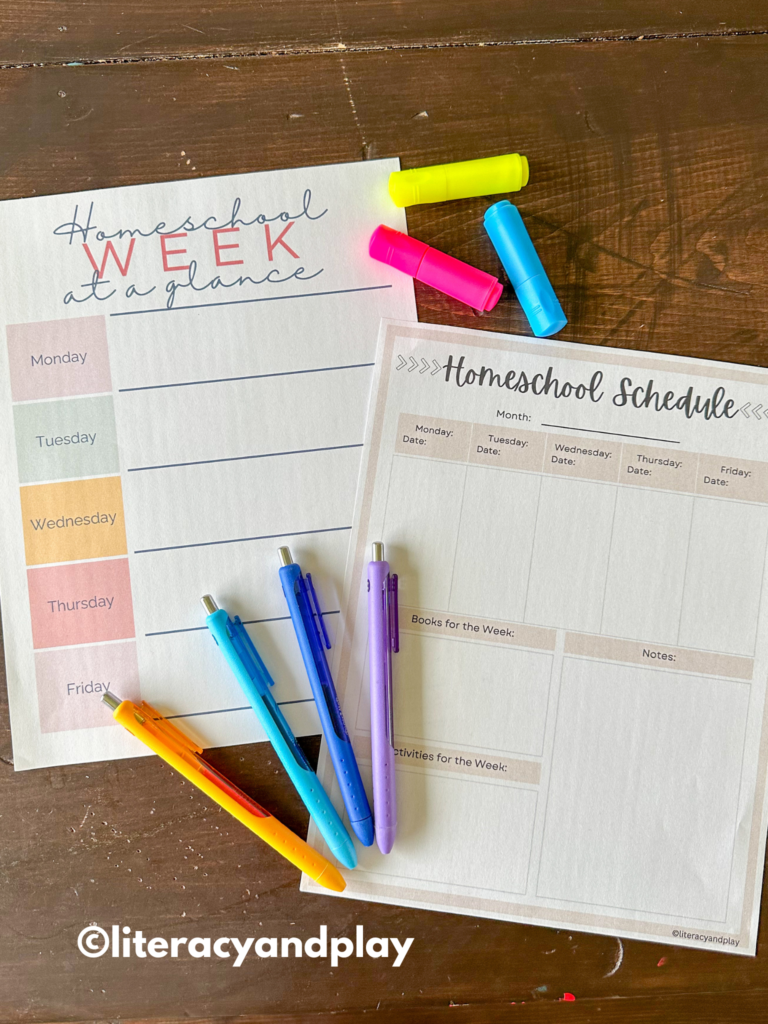It can be overwhelming choosing the best curriculum that fits your child’s needs. There are different curriculum choices out there. In this post, I am sharing the kindergarten homeschool curriculum picks we chose for the 2024-2025 school year and an overall review of how we liked them.
This site may contain affiliate links, view the disclosure for more information.

Before purchasing any curriculum for your child, I highly recommend understanding your child’s learning style. A child’s learning style can vary from wanting structure with just workbook work, or having no desire for structure and just wanting to play.
I believe it is important to know how your child learns best, so you do not get swayed or influenced into purchasing a curriculum that does not fit your child’s learning style. It is hard not to get sucked into what our favorite social media homeschool influencers are using. A lot of curricula have sample pages you can print and have your child practice before fully purchasing the curriculum.
Keep doing your research! I want to share my curriculum picks and reviews in hopes of helping you decide if these fit best for your child’s needs. I hope these curriculum reviews help you narrow down your choices! The kindergarten curriculum I chose for the 2024-2025 homeschool year was Pinwheels for Literacy and Singapore Dimensions for Math.
This blog post is all about Kindergarten Homeschool Curriculum Picks.
Related Post: [Pre-K Homeschool Curriculum]
Kindergarten Homeschool Curricula
Literacy/Reading Curriculum
For reading, I chose Pinwheels Year 1 Curriculum from Rooted in Language.
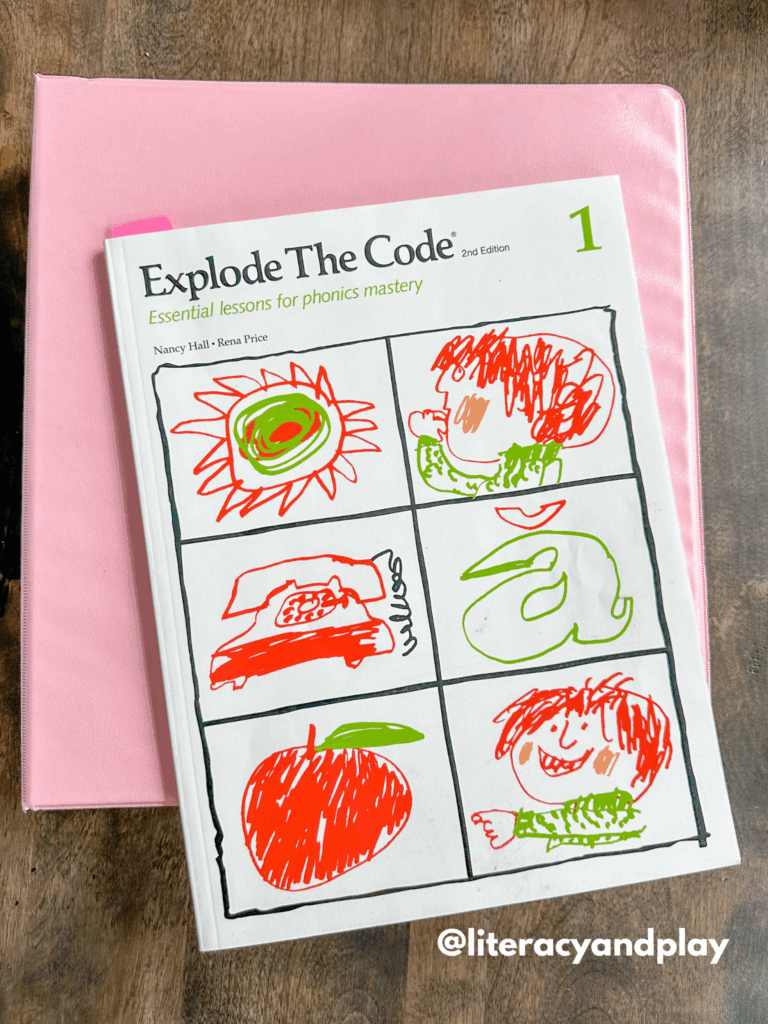
I chose this curriculum because I wanted something that focused heavily on phonics, not just memorizing sight words. For my daughter to decode, encode, and sound blend. I also wanted a curriculum that included practicing writing her letters in uppercase and lowercase, and not having to buy separate workbooks for practicing writing letters.
Here is a preview of a unit:

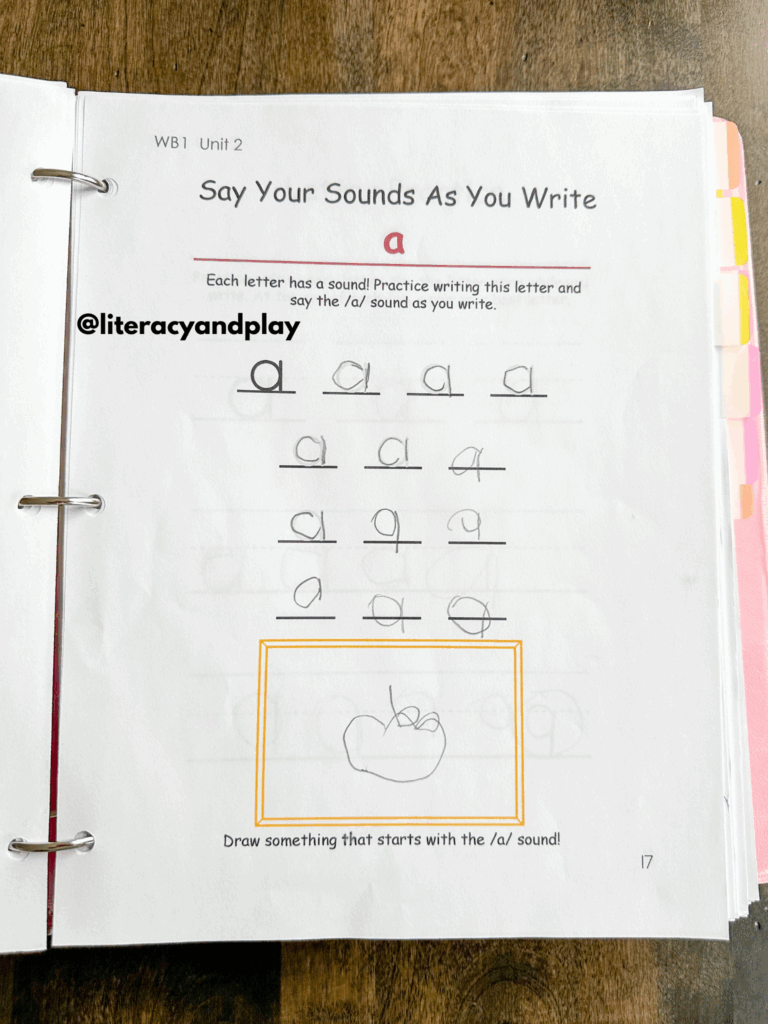

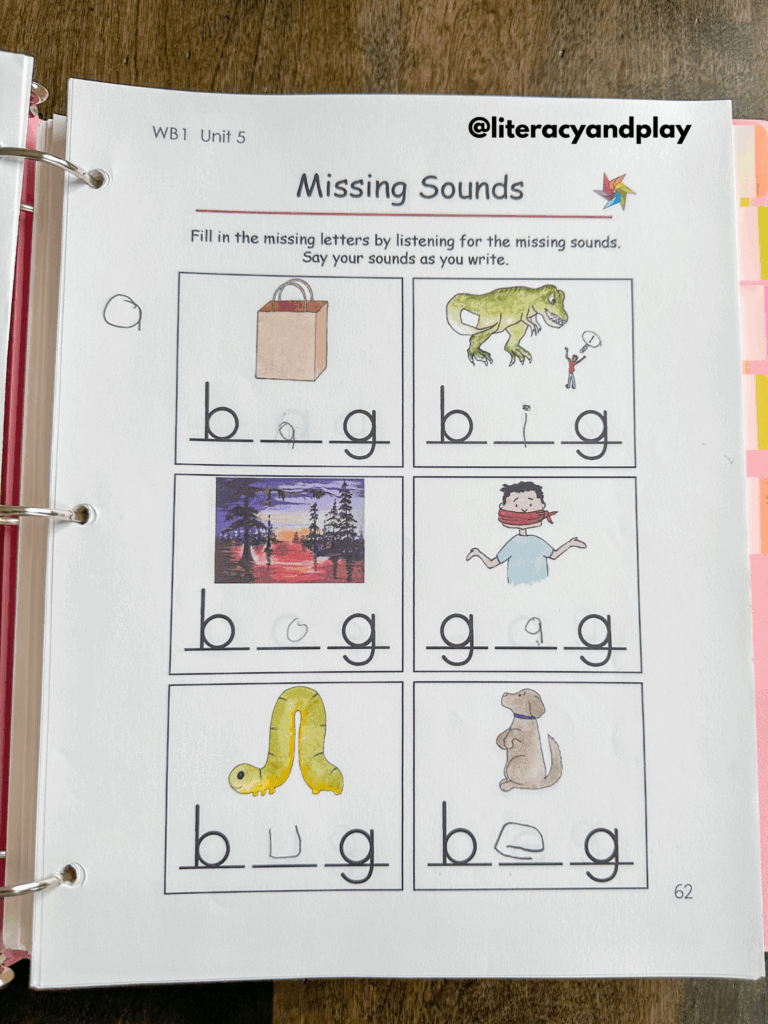
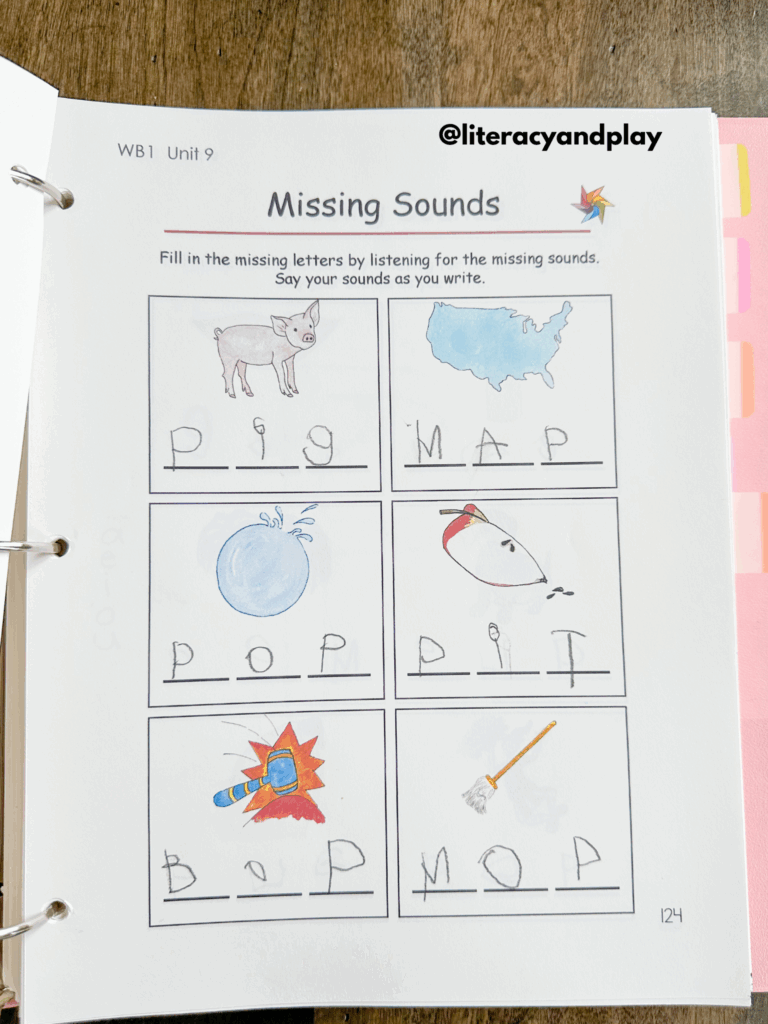
The only con to this curriculum is that it is a PDF file, which means you will have to print it and put it together or have it printed and put together at an extra cost. First semester, I printed all of it out and organized it in binders. Second semester, I printed out unit by unit. This curriculum can be organized however you want.
Lastly, although this curriculum is available as a PDF and requires manual assembly, it offers online support. The online support has a unit breakdown and details what you need. It also includes videos that help explain the lesson.
Check out: Pinwheels Year 1 from Rooted in Language.
Also, check out their FREEBIES!
Along with Pinwheels Year 1 Curriculum, I used Explode The Code Book 1.
Explode the Code Book 1 was used as an independent learning work for my 5-year-old. It helped her practice her writing and put into practice what she learned from the curriculum to practice.
Here is a preview of Explode the Code Book 1:
 |
Explode the Code, Book 1 (2nd Edition; Homeschool Edition) By Nancy Hall & Rena Price / Educators Publishing Service Explode the Code is a researched-based, multisensory, Orton-Gillingham based program that builds essential literacy skills through direct, systematic, phonics instruction. Providing a comprehensive overview of phonological awareness, decoding, vocabulary, comprehension, fluency, and spelling, students will gain the skills they need to read words, phrases, sentences, and stories on their own. Explode the Code Book 1 introduces short vowel sounds and is ideal for students in grades 1-3. Skills addressed through a variety of encoding, decoding, and writing exercises include: short a, short a with final consonant sounds, short i, short u, short e, and short o. Students will also practice blending sounds to read and write CVC words. Reviews are included throughout, and both a pretest (which measures student familiarity with consonant sounds, a prerequisite to this book) and a posttest are provided. |
Math Curriculum
For Math, I chose Dimensions Math Grade K Set with Teacher’s Guides.
I chose this curriculum over others because it is simplified while also being a hands-on curriculum. I was looking for a curriculum that promotes hands-on learning, lots of practice problems, and visual learning.
The curriculum is broken into two semesters, with the first semester being KA and the second semester being KB. I also chose to purchase both of the teacher’s guides alongside KA and KB workbooks.
First semester includes:
- KA Textbook: Teaching the lesson to your child.
- KA Workbook: Practice problems from the textbook lessons.
- KA Teacher’s Guide: Guided instructions on how to teach a lesson, as well as book suggestions, and other activities/ideas to pair with the lesson.
Second Semester:
- KB Textbook: Teaching the lesson to your child.
- KB Workbook: Practice problems from the textbook lessons.
- KB Teacher’s Guide: Guided instructions on how to teach a lesson, as well as book suggestions, and other activities/ideas to pair with the lesson.
Download Sample Pages from Dimensions Math:
- KA Textbook Sample Pages
- KA Workbook Sample Pages
- KA Teachers Guide Sample Pages
- KB Textbook Sample Pages
- KB Workbook Sample Pages
- KB Teachers Guide Sample Pages
Extra activities that I paired with the Dimensions Math Grade K Set curriculum included math printables, play-based DIY learning activities using manipulatives, and using a dry-erase board for practice and reinforcement.
Extra Subjects for Kindergarten Homeschool
For kindergarten, the other subjects I focused on were science and art.
Do you need to do more subjects than reading and math? No. I focused on learning simple science and art lessons.
Simple Science Lessons and Units we covered for Kindergarten:
- Fall Season
- Apple Life Cycle
- Pumpkin Life Cycle
- Learned about Squirrels
- Winter Season
- Arctic Animals
- Animals that Hibernate
- Weather in the Winter Season
- Spring Season
- Plant Life Cycle
- Monarch Life Cycle
- Animals in the Spring
- Summer Season
- Ocean Animals
- Nature Animals
Or you can choose to purchase unit studies that focus on science. Unit Studies usually take about 3 to 5 weeks to complete.
Art can also be effortless, whether you let your child create a craft or have a simple, structured lesson.
If you are looking for some craft ideas, here is the book we used: Preschool Art: It’s the Process, Not the Product! It may say preschool art book, but we loved creating seasonal crafts within this book!
Drawing Books we also used, and I recommend:
- How To Draw For Kids (No Paper Needed): Step By Step Guide To Drawing | Fun Coloring and Activity Book For Kids Ages 4-8
- 54-Pack Drawing Stencils
- Step-by-Step Drawing Book
- How To Draw 101 Things For Kids: Simple And Easy Drawing Book
In Conclusion
I hope these curriculum recommendations help you narrow your decisions. As I have always mentioned, and feel like a broken record saying this…
Choose a curriculum that works best for your child! Your kindergarten homeschool year will run smoother for you as your child’s teacher because you are meeting your child’s learning needs.
& I hope you have a great homeschool year!
